Figures & data
Figure 2. OTA classification of complete articular fractures of the distal humerus (13C): (1) articular simple, metaphyseal simple; (2) articular simple, metaphyseal multifragmentary; and (3) multifragmentary.
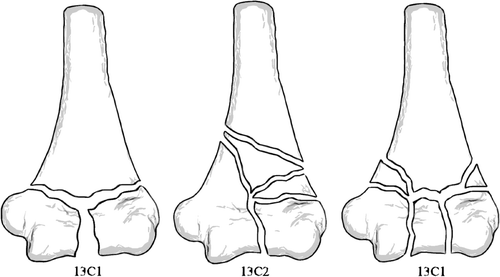
Figure 3. The graphical user interface (GUI) of the system developed for surgical planning. The controls on the right allow the user to load a fracture configuration and generate a solution. Controls are also provided to view the weighting scheme used to generate the solutions.
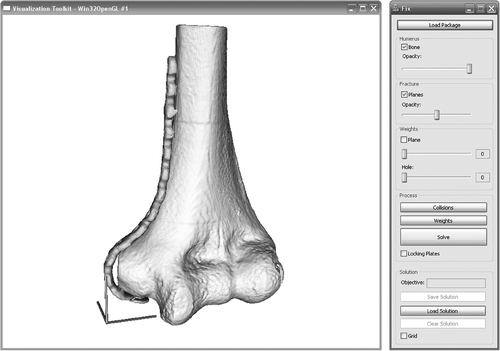
Figure 4. One plane of the 3D grid used by the weighting scheme for a 13C3 fracture: (a) grid with bone model in place; (b) grid with bone model removed.
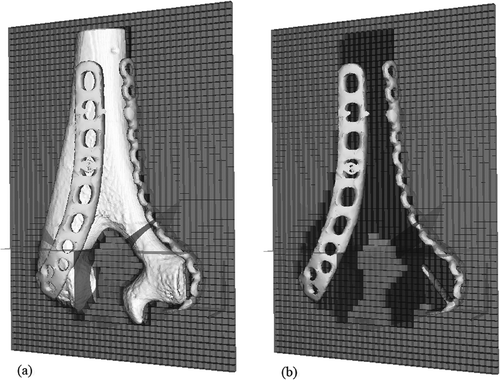
Figure 5. Possible screw orientations in each configuration: (a) 1 deviation, 4 planes; (b) 1 deviation, 8 planes; (c) 4 deviations, 4 planes; (d) 4 deviations, 8 planes.
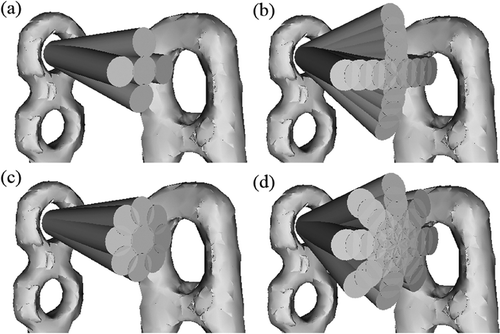
Figure 6. Solutions generated with varying degrees of freedom in screw orientation: (a) 13C1, 4 orientations, 1 deviation; (b) 13C1, 4 orientations, 4 deviations; (c) 13C1, 8 orientations, 1 deviation; (d) 13C1, 8 orientations, 4 deviations; (e) 13C2, 8 orientations, 4 deviations; (f)13C3, 8 orientations, 4 deviations.
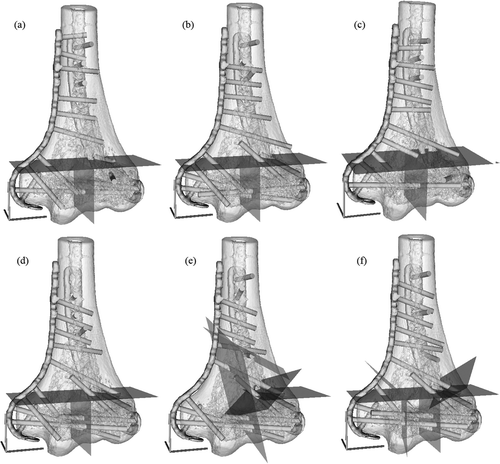
Table I. Pre-operative plan for 13C3 fracture generated with 4 deviations and 8 planes.
Table II. Pre-processor problem size and processing time in seconds.
Table III. Solver processing time in seconds.
